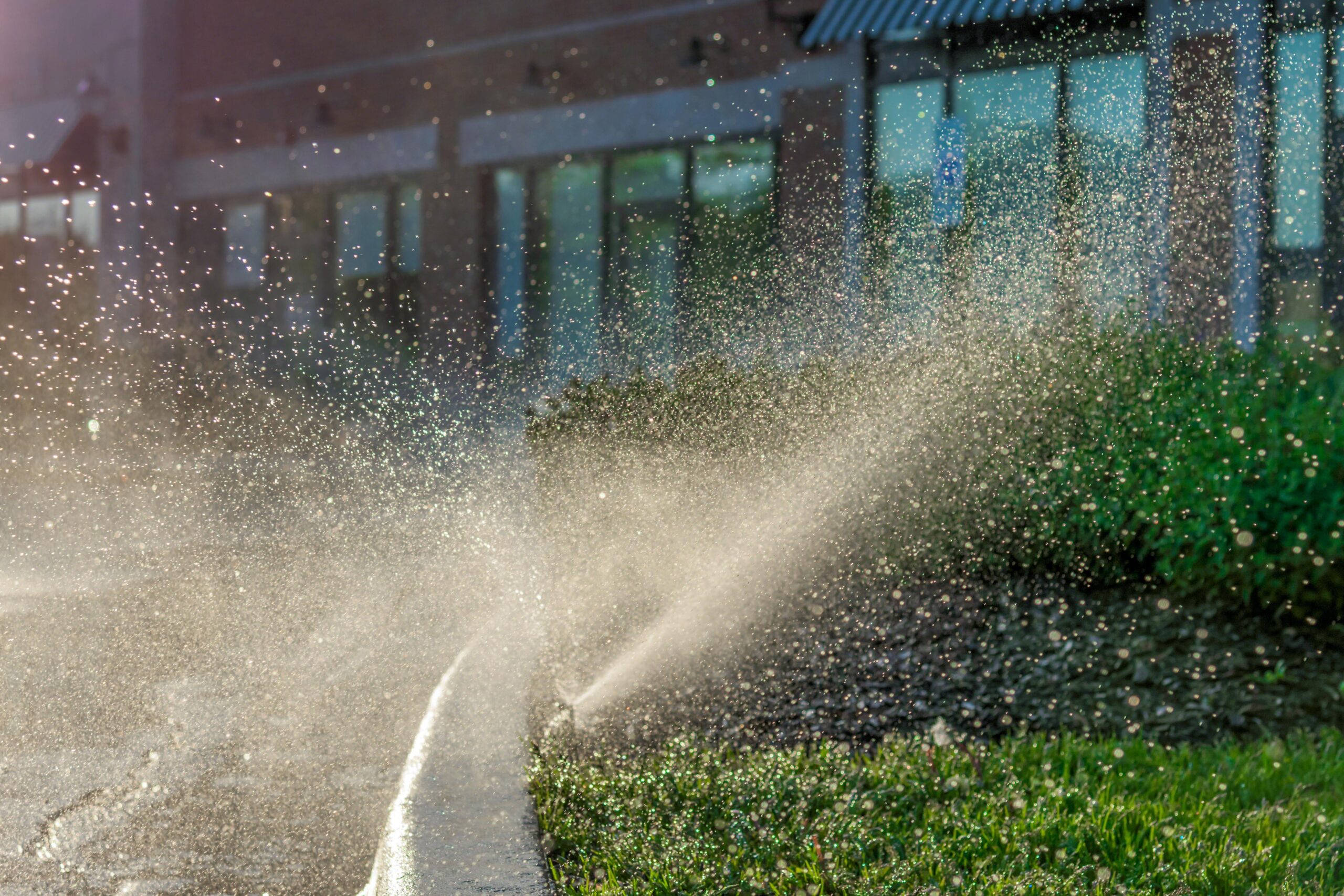Financial News
Common Mistakes to Avoid During Irrigation Installation
Irrigation installation is a crucial step in ensuring the health and productivity of gardens, lawns, and agricultural fields. An efficient irrigation system saves water, reduces maintenance efforts, and promotes optimal plant growth. However, several common mistakes can hinder the effectiveness of an irrigation system. This guide highlights these mistakes and provides tips on how to avoid them.One of the most significant mistakes in irrigation installation is inadequate planning and design. A well-thought-out plan is essential for the efficient distribution of water across the entire landscape. Failing to consider factors such as soil type, plant water requirements, and topography can lead to uneven watering and water wastage.
A comprehensive design should include a detailed layout of the irrigation zones, taking into account the varying water needs of different plant types. For instance, lawns and flower beds might require different irrigation schedules. Consulting with an experienced irrigation company during the planning phase can ensure that the system is tailored to the specific needs of the landscape.
Each type of soil has different water retention and drainage characteristics, and plants have varying water needs. Ignoring these factors can lead to overwatering or underwatering, both of which can harm plants. For example, sandy soils drain water quickly and require more frequent irrigation, while clay soils retain water longer and need less frequent watering.
When installing an irrigation system, it's important to conduct a soil analysis and understand the water requirements of the plants in the area. This knowledge helps in selecting the appropriate irrigation method, such as drip irrigation for plants that prefer consistent moisture or sprinkler systems for lawns that need broader coverage.
Incorrect placement of sprinklers is a common error that can result in water waste and inadequate coverage. Sprinklers should be positioned to ensure even distribution of water without overlap or missed areas. Placing sprinklers too close together can cause water pooling, while placing them too far apart can leave dry spots.
Using the correct type of sprinkler head for the specific area is also crucial. For example, rotary heads are suitable for larger areas, while fixed spray heads work well for smaller, more confined spaces. Proper spacing and selection of sprinkler heads can significantly improve the efficiency of the irrigation system.
Backflow prevention devices are essential in preventing contamination of the water supply. These devices stop water from flowing backward into the main water supply, which can occur if there is a sudden drop in water pressure. Neglecting to install backflow prevention devices can lead to serious health risks.
It’s crucial to check local regulations, as many areas have specific requirements for backflow prevention in irrigation systems. An irrigation company can provide guidance on the appropriate devices to use and ensure they are correctly installed.
Water pressure plays a critical role in the effectiveness of an irrigation system. Low water pressure can lead to inadequate coverage, while high water pressure can cause damage to the system and lead to water waste. It's essential to measure the water pressure before installing the system and make any necessary adjustments.
Pressure regulators can be installed to maintain optimal pressure levels. Additionally, choosing sprinkler heads and drip emitters designed to operate within the available pressure range can enhance the system's efficiency. An irrigation company can help determine the best components to match the existing water pressure.
A rain sensor is a valuable addition to any irrigation system, as it automatically shuts off the system during rainfall. This prevents overwatering and conserves water. Failing to include a rain sensor can result in unnecessary watering, leading to water waste and potential plant damage.
Installing a rain sensor is a relatively simple and cost-effective measure that can greatly enhance the efficiency of the irrigation system. It ensures that the system operates only when necessary, providing the right amount of water to the landscape.
Routine maintenance is crucial for the long-term performance of an irrigation system. Skipping regular checks and upkeep can lead to issues such as clogged nozzles, leaks, and inefficient water distribution. Regularly inspecting the system helps identify and address problems before they become significant.
Maintenance tasks include checking for leaks, cleaning filters, adjusting sprinkler heads, and ensuring that all components are functioning correctly. An irrigation company can provide maintenance services or offer guidance on how to perform these tasks effectively.
While it's important to have a well-designed irrigation system, overcomplicating it with unnecessary features can lead to increased costs and maintenance challenges. Simplicity often leads to better reliability and ease of use. Choosing the right components for the specific needs of the landscape, rather than opting for the most advanced features, can result in a more efficient and manageable system.
Avoiding common mistakes during irrigation installation can significantly enhance the efficiency and effectiveness of the system. Proper planning, understanding soil and plant needs, correct placement of sprinklers, installing backflow prevention devices, managing water pressure, including a rain sensor, performing routine maintenance, and keeping the system simple are key factors to consider. By following these guidelines, homeowners and landscapers can ensure a reliable and efficient irrigation system that promotes healthy plant growth and conserves water. Consulting with a reputable irrigation company can provide additional expertise and support throughout the installation process.Urban irrigation plays a pivotal role in enhancing the quality of life in cities by supporting green spaces, parks, and gardens. These green areas not only improve the aesthetic appeal of urban environments but also contribute to better air quality, reduce urban heat islands, and provide recreational spaces for residents. Effective urban irrigation systems must be designed to address the unique challenges of city landscapes, such as limited space, varied plant species, and fluctuating water availability. Incorporating technologies like drip irrigation, smart controllers, and rain sensors can optimize water use, ensuring that urban greenery thrives without wasting resources. Additionally, sustainable practices such as using recycled water and rainwater harvesting can further enhance the efficiency and environmental benefits of urban irrigation. Collaboration between city planners, landscape architects, and irrigation professionals is essential to develop systems that are both effective and sustainable. By prioritizing well-designed urban irrigation, cities can create healthier, more resilient environments that support the well-being of their inhabitants and contribute to a greener, more sustainable future. To learn more visit. massurbanirrigation.com/
Media Contact
Company Name: Urban Irrigation
Contact Person: Support
Email: Send Email
Phone: 781-709-7295
City: Boston
State: MA
Country: United States
Website: https://www.instagram.com/urban_irrigation/
More News
View More




Recent Quotes
View MoreQuotes delayed at least 20 minutes.
By accessing this page, you agree to the Privacy Policy and Terms Of Service.




